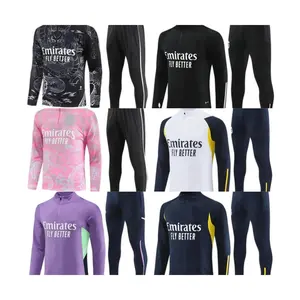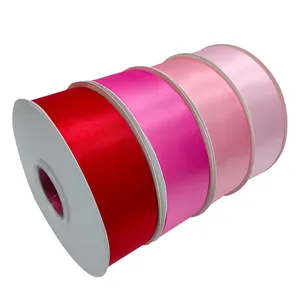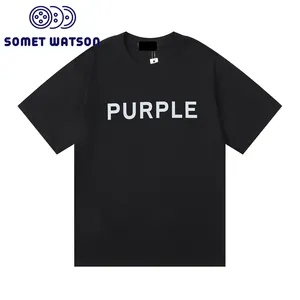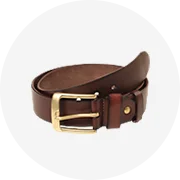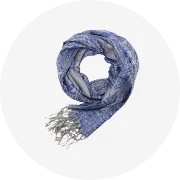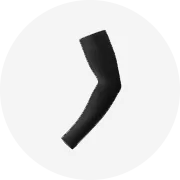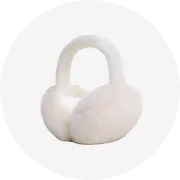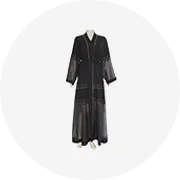Temukan yang unik. harga kursi balap dalam kondisi sangat baik hanya di Alibaba.com .. harga kursi balap adalah cara praktis untuk meluaskan lemari pakaian Anda sehingga Anda tidak perlu mengulang tampilan, dan juga bagus untuk lingkungan karena mengurangi limbah .. harga kursi balap dengan cepat mendapatkan popularitas sebagai pilihan yang modis dan sadar sosial.
harga kursi balap yang ditawarkan di Alibaba.com mencakup berbagai jenis item dalam setiap gaya, baik itu pakaian kasual, pakaian desainer bermerek, atau bahkan pakaian khusus acara seperti gaun pengantin .. harga kursi balap sangat bagus untuk menemukan pakaian menarik yang mencerminkan kepribadian Anda dan membuat konsep pakaian yang unik. Mereka mengizinkan seseorang untuk sering mengubah selera gaya mereka, atau membeli untuk acara tertentu tanpa harus mengeluarkan uang yang berlebihan .. harga kursi balap juga memungkinkan pemakainya untuk mengakses gaya yang sudah habis terjual di tempat lain atau temukan barang vintage yang memiliki daya tarik tersendiri.
harga kursi balap memudahkan pemakainya untuk memamerkan gaya premium tanpa harus membayar dalam kisaran tersebut. Situs ini hanya menyimpan. harga kursi balap dengan kualitas terbaik yang telah diperiksa untuk segala kerusakan atau kecacatan. Semua item sangat dibersihkan dan diperbaiki untuk kesempurnaan untuk pengguna berikutnya. Ini adalah kesempatan bagus untuk. harga kursi balap penjual dan grosir untuk membeli item ini dalam jumlah besar secara massal.
Pilih dari berbagai jenis file. harga kursi balap yang dijual di Alibaba.com, untuk menemukan yang paling cocok. Ditawarkan oleh penjual yang andal, yakinlah bahwa barang-barang tersebut akan memenuhi standar Anda dan membuat Anda ingin membeli lebih banyak. Dengan harga serendah itu, membeli ini adalah penawaran yang sempurna.


































































